deadliest summer ever!
davidrt28 (zone 7)
5 years ago
last modified: 5 years ago
Featured Answer
Sort by:Oldest
Comments (27)
Related Discussions
forever & ever summer lace
Comments (2)Have not heard of it either. Can you post pictures? If the shrub does not have any blooms now, could you post a picture of the plant label showing the blooms?...See MoreHydrangea Forever & Ever series vs. Endless Summer in New Englan
Comments (6)I don't grow any of the Forever and Ever, but Endless Summer is fully hardy here, right on the border between zone 4 & 5. When we have good snow cover during cold temps, I get surviving leaf buds on the branches, and even last winter when it got into the negative teens when we had absolutely no snow, it still came through with flying colors and is blooming profusely. I have it planted in morning sun next to a building and only a couple hundred feet from the Merrimack River, so it may have some protection from any late season frosts. For me it's a no fuss plant. I do have H. All Summer Beauty, which is always a bit taller than Endless Summer and doesn't have quite as many flower clusters, though they tend to be bigger. It's paler in color than ES. It's in the same bed as ES though it gets a bit more sun. The bed is really old horse manure plopped down about 8 inches deep over almost pure fine sand (too lazy to dig it in at my age) - the ideal of well drained & moist soil. On both it has lead to interesting colors, a mix of pink & blue, since the sand is acid and the manure close to neutral....See MoreOklahoma sets record for hottest summer ever in US
Comments (4)I saw this report a while back, read it, and shook my head. It is not the kind of news you want to hear. Having lived through the summer of 1980 in the Dallas-Fort Worth area, I didn't think any summer weather in this part of the country ever would be worse than that, but here at our house, 2011 beat 1980 by a fairly large margin. We had the highest temperatures at our house that we've had since moving here in 1999--with 113 and 114 degrees. I don't think our official Mesonet station ever went that high, but a friend of ours in NE Love County had 116 on his thermometer in the shade on the day we had 113 or 114. On that day, we were at a wildfire somewhat near his home most of the day and when we got home, 3 of our chickens had died. It was a horrible day in a horrible summer. I hope we never see its like again. The bad news is that March-May 2012 was OK's warmest spring ever since they began keeping weather records in 1895. That means this spring was even warmer than some of those horrible Dust Bowl springs, and that is disturbing to think about. The report detailing it is linked below. Of course the weather is why your garden wasn't happy last year. We all were pretty much in the same boat on that one, and I think overall it had to have been the worst gardening year ever here. My garden did fairly well until late June or early July, but once I stopped watering, it really struggled. Surprisingly, some plants held on until late summer/autumn rainfall arrived even after I had stopped watering. However, they weren't as productive as usual. This year's garden production already has surpassed last year's and it is only early June. I hope we all have a much better summer and much better garden production in 2012 than we had in 2011. Dawn Here is a link that might be useful: May Ends Warmest Spring in History in OK...See MoreIs anyone watching Deadliest Catch?
Comments (16)I keep thinking his ways are gonna catch up to Keith someday. Gonna bite him big time. Do you remember that show where easy going captain Jonathan Hillstrand and Keith get into a physical fight? That was too wonderful! I love that he called him out on national tv. Can't hide then. Excerpt: "But just minutes into the episode, it was a simmering feud between Time Bandit captain Johnathan Hillstrand and Wizard skipper Keith Colburn that stole the show. Hillstrand takes exception after a deckhand reveals Colburn all but recruited him at the taproom -- a violation of the skippers' unwritten code. Johnathan pledges to confront Keith at the captains' annual gathering the night before the season opens. Usually held at a tavern, this year's meeting convened around a burn barrel at an old barge at Dutch Harbor. Hillstrand shows up ready for a fight, calling out captain Colburn almost immediately and going nose-to-nose with him as the other skippers watch. Hillstrand shoves Colburn on his ass, with captain Phil getting between them after Colburn gets back to his feet. Colburn has never really endeared himself to the show's die-hards, and the reaction of the other captains to Hillstrand's aggression -- they simply stood by and watched, without saying a word -- speaks volumes of captain Keith's standing among his peers. The camera captures Hillstrand growling, again eyeball-to-eyeball with Colburn, in a parting shot: "Don't even call my boat unless you're (bleeping) sinking." It's riveting stuff. The capper comes in a reflective moment by the overmatched Colburn later in the wheelhouse. It comes off as laughable, given the way he toppled like a Weeble Wobble when shoved: "At the end of the day, I was man enough not to lash out and go back at him." Yeah. Right. Whatever you say, Keith." Here is a link that might be useful: article about the fight...See MoreKennsWoods
5 years agodavidrt28 (zone 7)
5 years agolast modified: 5 years agodavidrt28 (zone 7)
5 years agolast modified: 5 years agodavidrt28 (zone 7)
5 years agolast modified: 5 years agoEmbothrium
5 years agolast modified: 5 years agodavidrt28 (zone 7)
5 years agohoovb zone 9 sunset 23
5 years agomaackia
5 years agodavidrt28 (zone 7)
5 years agolast modified: 5 years agoDave in NoVA • N. Virginia • zone 7A
5 years agolast modified: 5 years agodavidrt28 (zone 7) thanked Dave in NoVA • N. Virginia • zone 7AEmbothrium
5 years agolast modified: 5 years agodavidrt28 (zone 7)
5 years agolast modified: 5 years agomaackia
5 years agoEmbothrium
5 years agolast modified: 5 years agodavidrt28 (zone 7)
5 years agolast modified: 5 years agomaackia
5 years agodavidrt28 (zone 7)
5 years agolast modified: 5 years agomaackia
5 years agoUser
5 years agomaackia
5 years agodavidrt28 (zone 7)
5 years agolast modified: 5 years agodavidrt28 (zone 7)
5 years agolast modified: 5 years agodavidrt28 (zone 7)
5 years agolast modified: 5 years ago
Related Stories
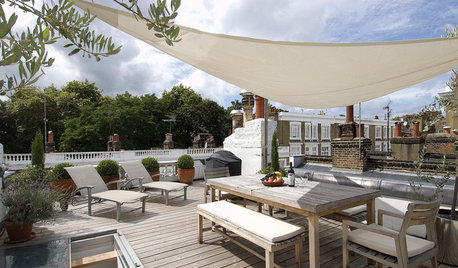
OUTDOOR ACCESSORIESThe Shade Sail: Summer’s Most Useful Quick Fix
Stretching a fabric cover over a patio can provide shade, privacy and a shot of color
Full Story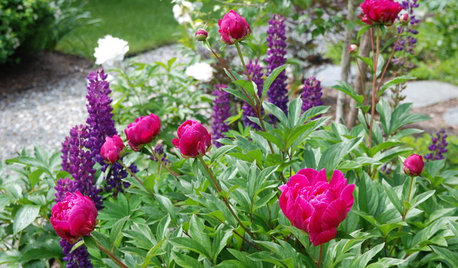
REGIONAL GARDEN GUIDESDelight in Summer’s Garden Glories — Here’s What to Do in June
Wherever you live in the United States, these guides can help you make the most of your summer garden
Full Story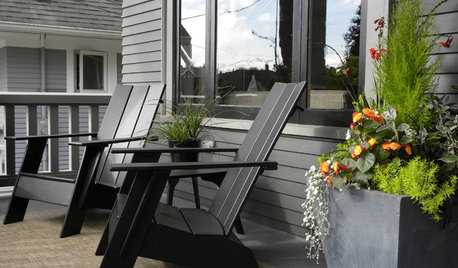
GARDENING AND LANDSCAPINGObjects of Desire: Adirondack Chairs Perfect for Summer Lounging
More colors, styles and materials than ever? We’ll sit to that
Full Story
COLOR PALETTESSummer Color Combo: Blue and Green
Consider 10 fresh approaches to the tried-and-true pairing
Full Story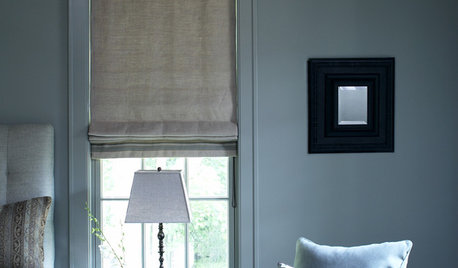
DECORATING GUIDESRoman Shades: The Just-Right Window Coverings for Summer
Calm and minimal, frilly or faux, There's a Roman shade for you
Full Story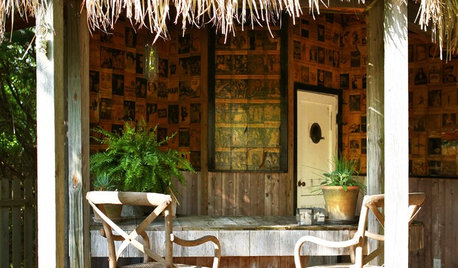
TROPICAL STYLEAdd Some Tiki Style to Your Summer
Even the landlocked can infuse their home or yard with some South Pacific island flavor
Full Story
DESIGNER SHOWCASESEscape to a Summer Holiday Fantasy at a Hamptons Show House
Imaginative designs meet philanthropy in a sprawling New York home, in rooms meant to inspire — if not actually live in
Full Story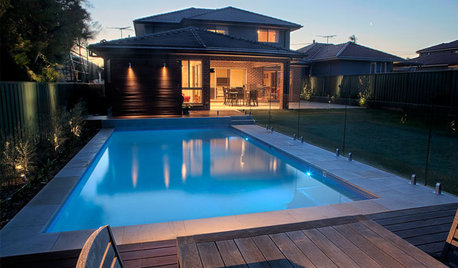
GARDENING AND LANDSCAPINGPlan for Summer: Protect Your Family With a Safe Pool
Fencing, presence detectors and non-slip materials help keep your pool area accident-free
Full Story
HOUZZ CALLEver Found or Left a Note in the Wall the Way This Couple Did?
The remodeling couple whose note from previous homeowners went viral tell us about their fun find. What’s yours?
Full Story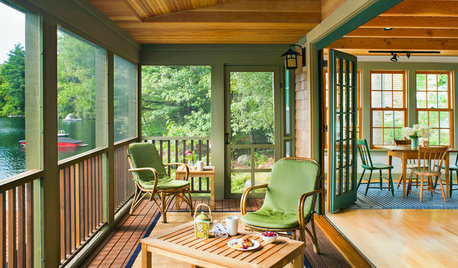
HOUZZ CALLWhat Are Your Summer Staycation Plans?
If you’re skipping a traditional vacation or cutting back on travel this season, how will you pass the time at home?
Full Story











hoovb zone 9 sunset 23